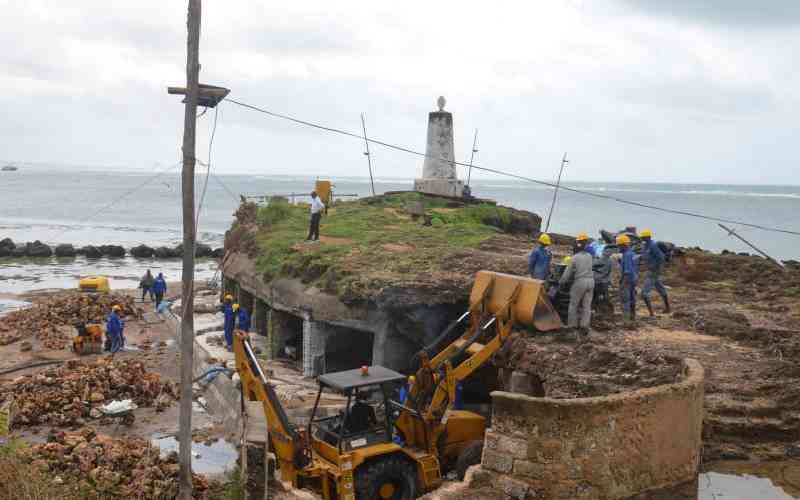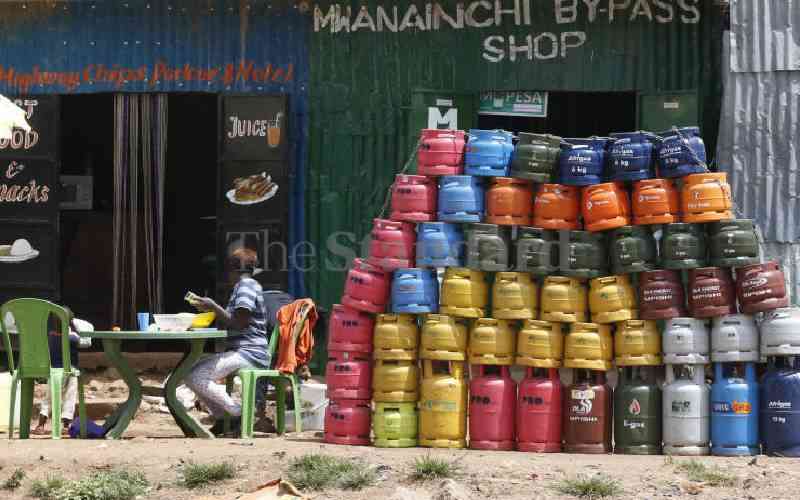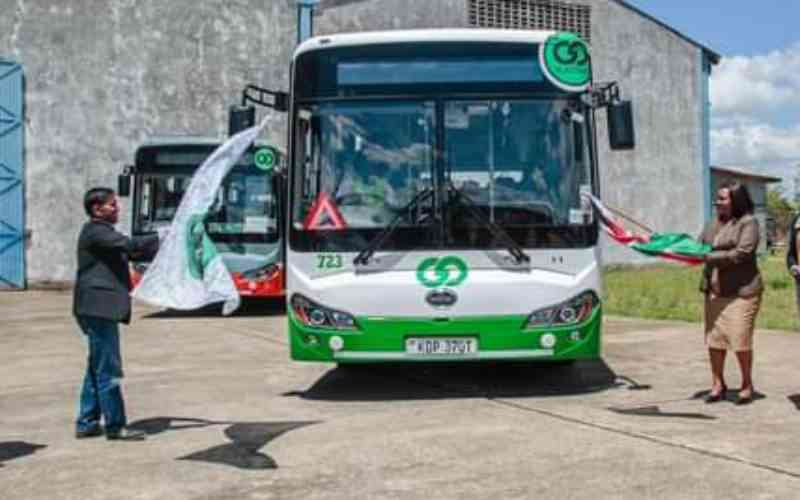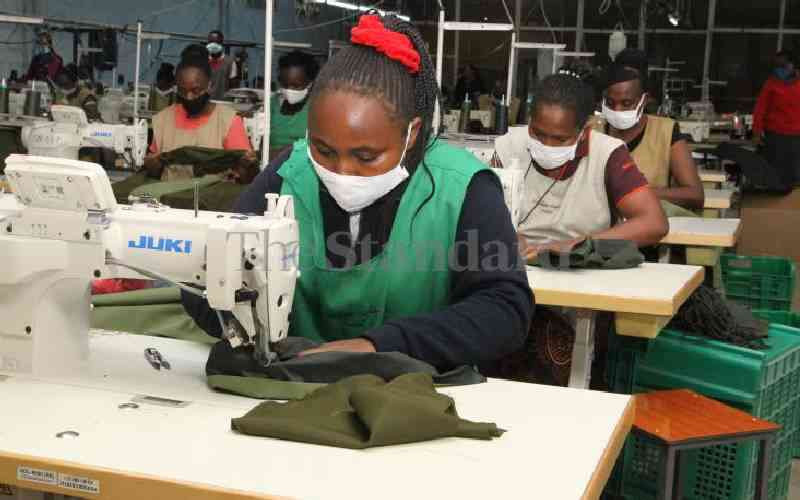There has been debate about Kenya’s options as regards the sugar industry. The discussions from both sides, however, have been more political than entirely factual and could, therefore, be misleading.
The truth is that small-scale farmers in Western Kenya — who are the backbone of the $540 million (Sh55 billion) industry that supports six million people — regularly sell their crop to roadside buyers rather than honour contracts with millers, who provide inputs in exchange for sugarcane.
This practice, known as ‘cane poaching’, pushes prices up.
To make matters worse, Mumias Sugar Company, which processes 45 per cent of the country’s production from more than 100,000 farmers, said it suffered pre-tax losses of $26 million (Sh2.7 billion) last year. It attributed this to illegal imports and cane poaching, and called the latter “the major challenge to our operations”.
To rub salt into the wound, a trading deadline from the Common Market for Eastern and Southern Africa (Comesa) will expire in March 2016. This means Kenya will no longer be protected from what could be a flood of cheap imports from countries such as Egypt, Malawi, Zambia and Mauritius.
Given a global surplus, imports regularly undercut prices for Kenya’s sugar.
Worse still, a series of smuggling networks from Somalia and the Middle East deliver sugar that dodges 120 per cent tax rates.
Why such a sorrowful state?
If just the two explanations from Mumias hold, then how come the two problems (cane poaching and illegal imports) have not been resolved? The truth is that these are symptoms of a long list of deep-seated challenges in the industry, which stands out as among the worst organised in the continent.
The Kenyan sugar industry is very uncompetitive — it only survives due to high tariffs and non-tariff protection.
This is evident from the fact that western farmlands produce about 550,000 tonnes of sugar per year, with imports — which are officially capped and allowed in solely from Comesa nations — of about 250,000 tonnes to meet demand.
Yields are the worst in the region, and prices remain the highest. It costs nearly twice as much to produce sugar in Kenya — at $700 (Sh72,000) a tonne — as it does in Tanzania, Uganda, Zambia, Swaziland and Egypt.
According to the Kenya Institute for Public Policy Research and Analysis (Kippra), the average productivity per hectare in Kenya is 60 tonnes, nearly half as much as Zambia (113 tonnes) and Malawi (105 tonnes). So is the Kenyan sugar industry viable?
Critical Success Factors
For the sector to survive, it must put its finger on the critical success factors. These can be categorised broadly into three: production, processing and commercialisation.
At the production level, cane should be harvested on time (24 months for the first crop and 18 months for ratoon, which is the harvest after the cutting).
This also entails sufficient watering and proper agronomic practices (fertilisation and weeding). Harvesting and transportation to factory must also be done properly. These are required to produce high-quality sugarcane.
At the processing level, of critical importance are factory capacity and crushing efficiency.
The factory should be able to take in sufficient quantities of cane per day, which is measured in tonnes of cane crushed per day.
Crushing efficiency is determined by the tonnes of cane to tonnes of sugar ratio. Currently, our factories range from 12-14 per cent against an international average of 8-9 per cent. This means Kenyan industries have to crush an extra four to five tonnes of cane above the normal average to get one tonne of sugar.
This is due to the poor quality of the cane produced and the poor and old machinery in most of our sugar mills.
With regards to commercialisation of our sugar, we are very uncompetitive. This is basically due to distribution that affects pricing of an already uncompetitive product, which is marred by inefficiencies in production.
However, the main stumbling blocks are the cartels in the sector.
Strategic options
Should Kenya, therefore, import sugar from Uganda? Yes, for now. Kenya consumes 800,000 tonnes of sugar yet produces only 550,000 tonnes. Uganda produces around 500,000 tonnes, but consumes 350,000. Uganda, therefore, has a surplus we can use to fix 75 per cent of our sugar consumption deficit.
Even those dedicated to the industry believe that improvements are several years away. A belated Government strategic master plan commits itself to a sector overhaul that still seems impossible to deliver. Is this the way to go?
Maybe, but strategic options should be based on whether the sugar industry is viable or not.
If it is not viable, Western Kenya farmers can be advised to replace the crop and let Kenya import sugar or grow cane in other areas, like the Coast region. If it is viable, then why has the Government not yet managed to solve the perennial problems that plague the sector?
I believe the solution is to privatise the sector. This is because every form of organisation is meant to be a particular way — a government as an institution is not meant to be efficient, rather, it is meant to be functional, creating an enabling environment for development. The private sector, on the other hand, is meant to be efficient. Thus, our journey to sugar sufficiency is going to the defined by the involvement of the private sector, if not privatisation.
The writer is MBA Academic Director and senior lecturer, strategy and execution, Strathmore Business School. [email protected]
 The Standard Group Plc is a multi-media organization with investments in media
platforms spanning newspaper print operations, television, radio broadcasting,
digital and online services. The Standard Group is recognized as a leading
multi-media house in Kenya with a key influence in matters of national and
international interest.
The Standard Group Plc is a multi-media organization with investments in media
platforms spanning newspaper print operations, television, radio broadcasting,
digital and online services. The Standard Group is recognized as a leading
multi-media house in Kenya with a key influence in matters of national and
international interest.
 The Standard Group Plc is a multi-media organization with investments in media
platforms spanning newspaper print operations, television, radio broadcasting,
digital and online services. The Standard Group is recognized as a leading
multi-media house in Kenya with a key influence in matters of national and
international interest.
The Standard Group Plc is a multi-media organization with investments in media
platforms spanning newspaper print operations, television, radio broadcasting,
digital and online services. The Standard Group is recognized as a leading
multi-media house in Kenya with a key influence in matters of national and
international interest.









